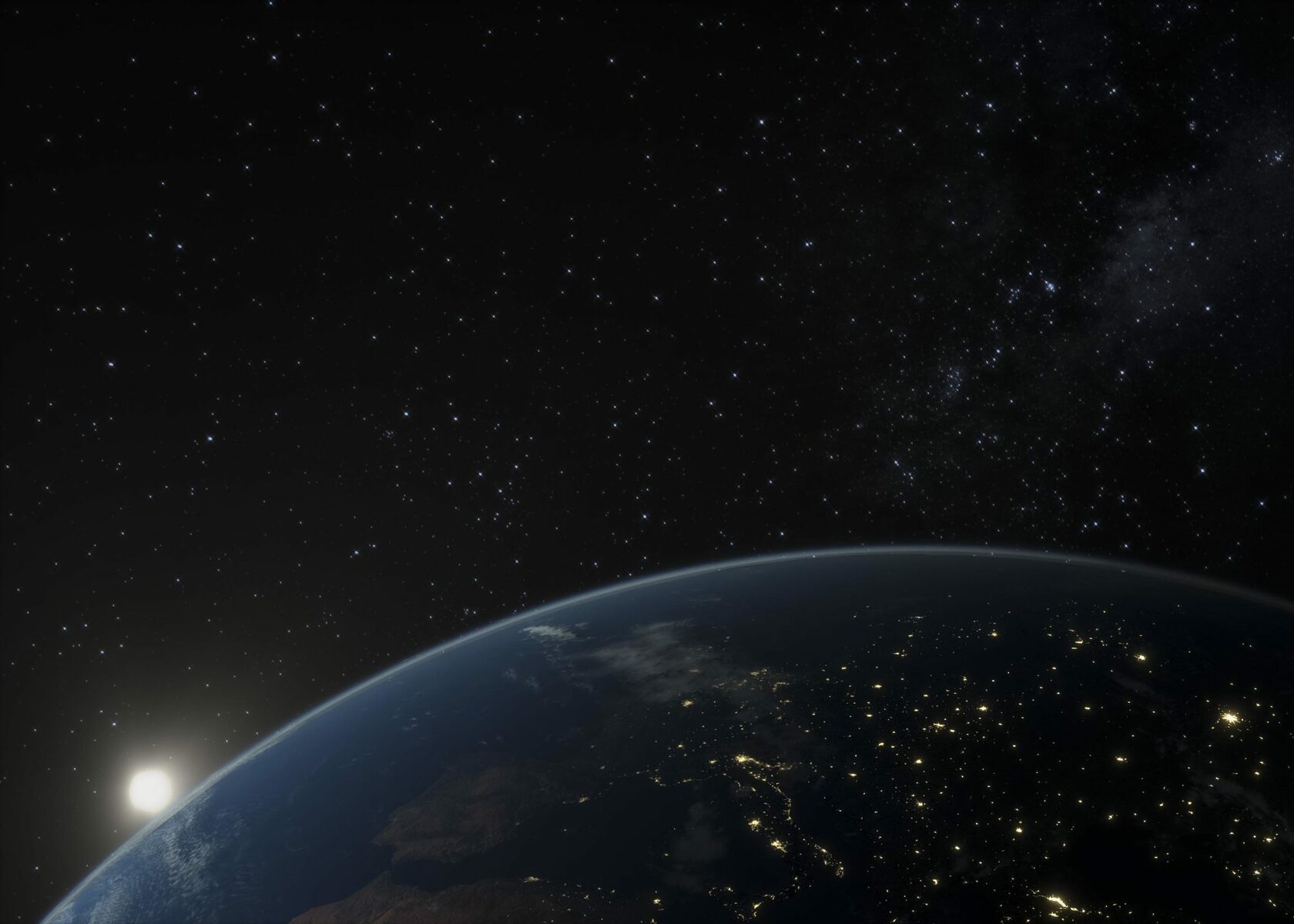A few decades ago, space tourism was merely a dream for people. However, with technological advancements and the current trend in the private space sector, space tourism is no longer science fiction. Are you ready to explore where no human has gone before? Space tourism offers the ultimate luxury experience for those seeking something truly unique.
Private companies like Virgin Galactic and Blue Origin have developed spaceships that have made it possible for common people to travel to space and witness the Earth's beauty from a different perspective. Importantly, if you are looking for a luxury travel experience, space travel is the ideal choice.
The cost of space tourism varies depending on the provider and the type of experience offered. There are a limited number of companies that provide space tourism services. Currently, Virgin Galactic offers suborbital space tourism flights at a cost of $250,000 per person. Around 600 passengers have registered for future flights with Virgin Galactic. The company plans to launch its VSS Unity and VSS Imagine spacecraft two to three times per month this year. By 2026, Virgin Galactic aims to introduce a new fleet of spacecraft capable of making round trips once each week, creating new opportunities for space travel.

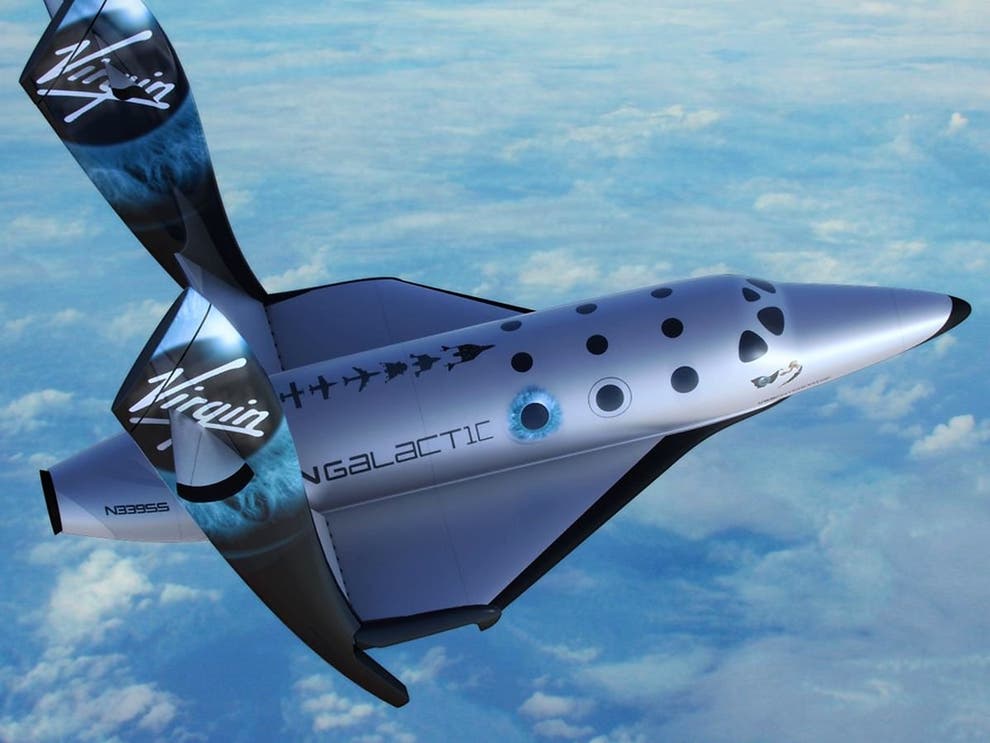
Credit: independent.co.uk
Jeff Bezos's space company, Blue Origin, has successfully completed several crewed test flights and is preparing to launch its space tourism business. The primary goal of Blue Origin is to make spaceflight accessible to millions of people and inspire the next generation of space explorers.
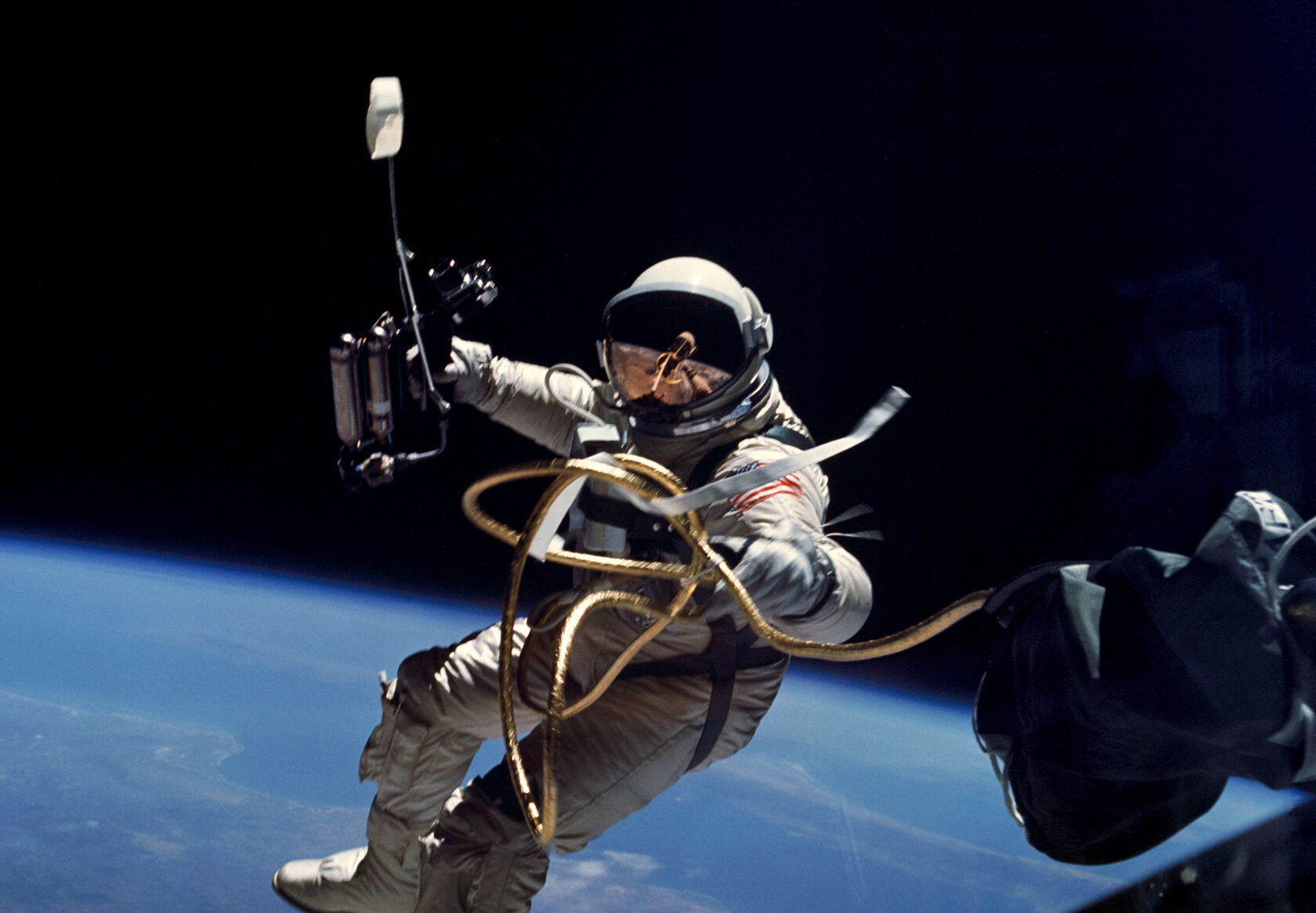
Axiom Space offers 10-day visits to the International Space Station (ISS) at a starting price of $55 million per person. This offering is ideal for those seeking a longer and more luxurious adventure. The cost includes instruction, lodging on the ISS, and travel to and from the station.
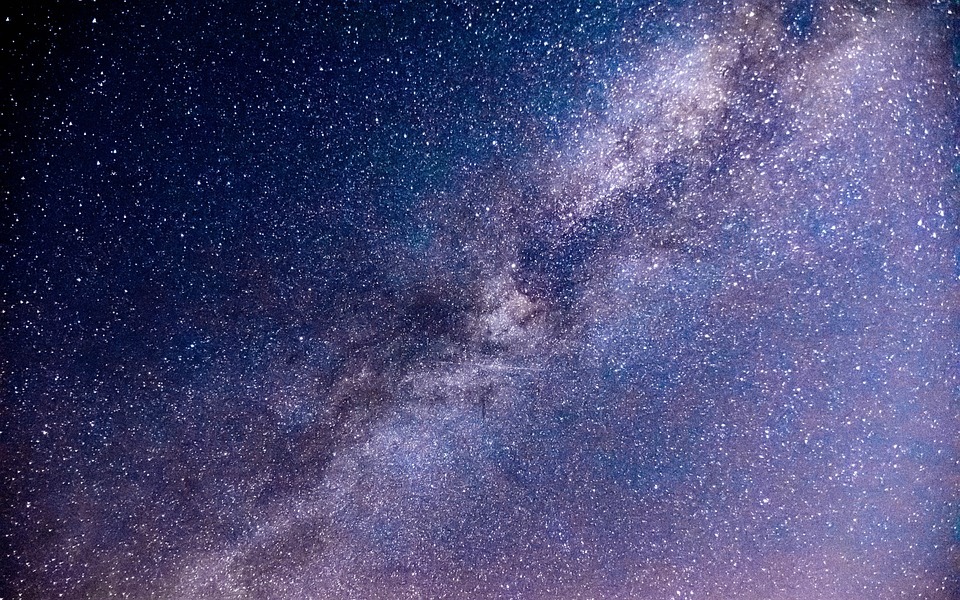
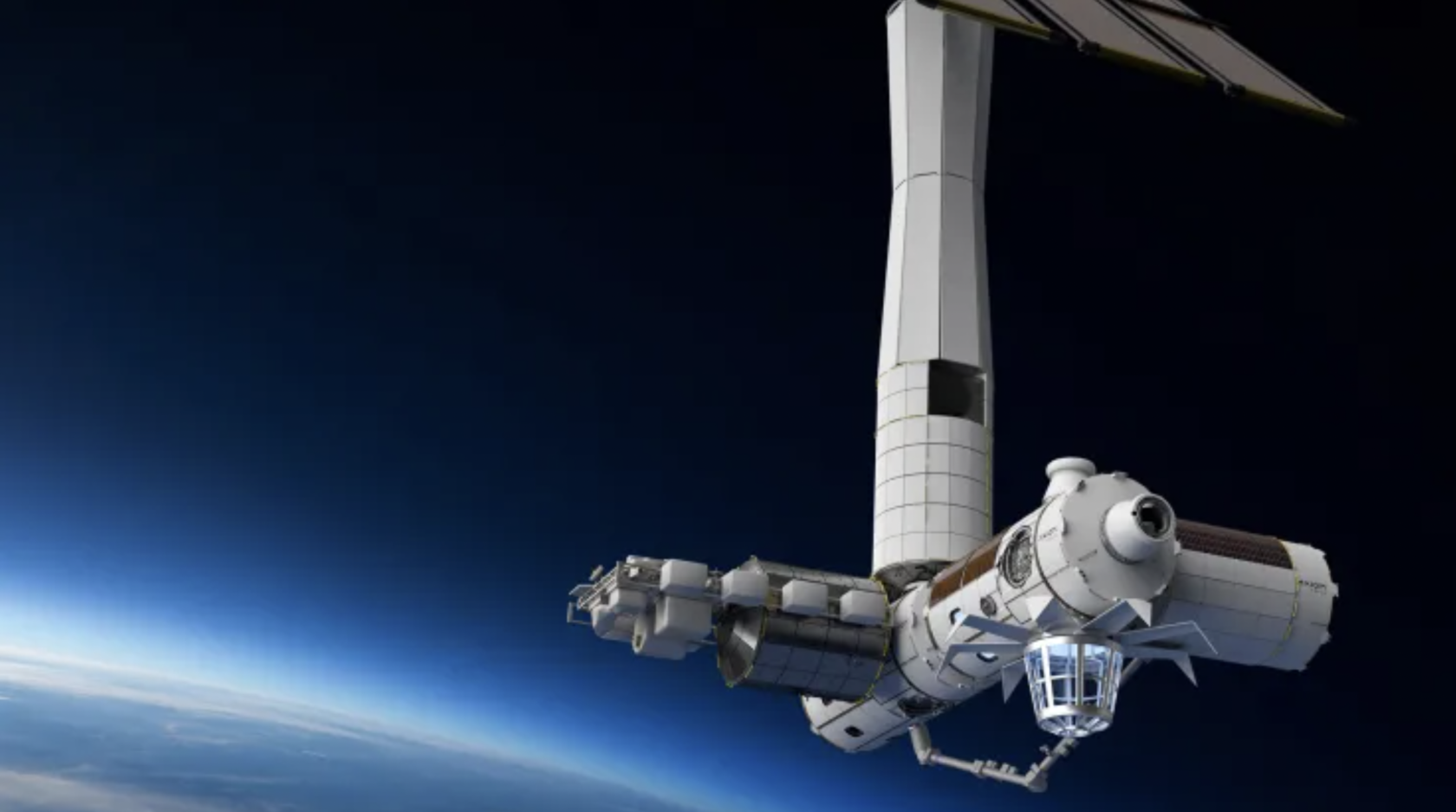
Credit: cnbc.com
SpaceX has plans to offer space tourism flights, including a three-day journey around the moon. Although no official pricing has been announced, it is estimated that the cost will be around $100 million per person.
According to SpaceX, the Starship spacecraft will embark on its first space tourism trip around the moon in 2024. The flight will have other paying passengers on board, including billionaire Dennis Tito, marking a milestone in space tourism. The trip will take place outside the orbit of the International Space Station (ISS) and is expected to last approximately a week, allowing travelers to witness the moon's far side. This achievement demonstrates that commercial space tourism is not limited to suborbital travel but can also extend beyond, showcasing SpaceX's capabilities in the field.
According to SpaceX, the Starship spacecraft will embark on its first space tourism trip around the moon in 2024. The flight will have other paying passengers on board, including billionaire Dennis Tito, marking a milestone in space tourism. The trip will take place outside the orbit of the International Space Station (ISS) and is expected to last approximately a week, allowing travelers to witness the moon's far side. This achievement demonstrates that commercial space tourism is not limited to suborbital travel but can also extend beyond, showcasing SpaceX's capabilities in the field.
Japanese Balloon Capsule for Space Tourism
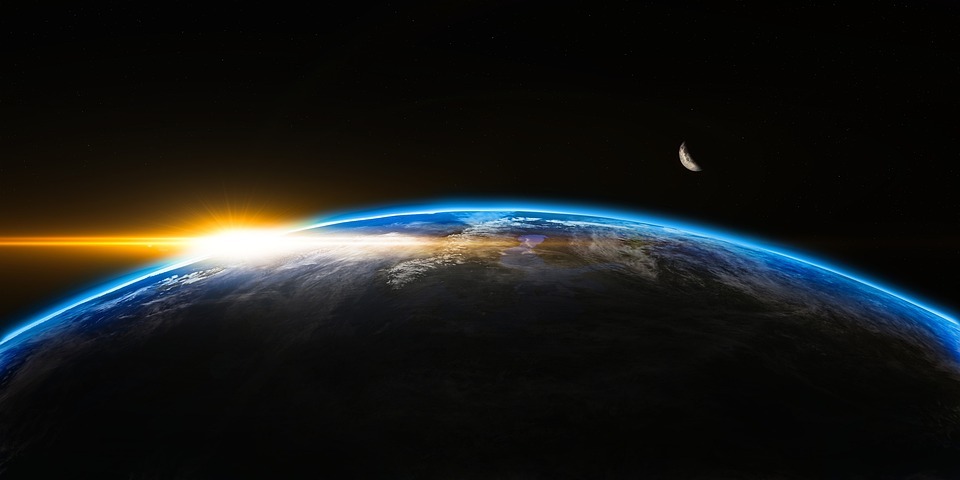
A Japanese start-up called Iwaya Giken is launching commercial flights into the stratosphere for space tourism. Their unique approach involves using a drum-shaped plastic cabin attached to a helium balloon, capable of ascending up to 25km into the air. This altitude provides an unobstructed view of the world, significantly higher than that attainable by airplanes.
After the journey, which lasts approximately one hour, the capsule will descend back to the balloon port in Hokkaido. Importantly, the balloon will remain safely above Japanese airspace throughout the entire flight. Keisuke Iwaya, the CEO of Iwaya Giken, aims to "democratize space" and make this a more affordable dream for people. The estimated cost for a flight is around 24 million yen (US$180,000).
Applications for a space viewing ride will be accepted until the end of August 2023, with flights scheduled approximately a week apart, subject to weather conditions. The first five chosen passengers will be notified in October, as stated by corporate representatives.
After the journey, which lasts approximately one hour, the capsule will descend back to the balloon port in Hokkaido. Importantly, the balloon will remain safely above Japanese airspace throughout the entire flight. Keisuke Iwaya, the CEO of Iwaya Giken, aims to "democratize space" and make this a more affordable dream for people. The estimated cost for a flight is around 24 million yen (US$180,000).
Applications for a space viewing ride will be accepted until the end of August 2023, with flights scheduled approximately a week apart, subject to weather conditions. The first five chosen passengers will be notified in October, as stated by corporate representatives.
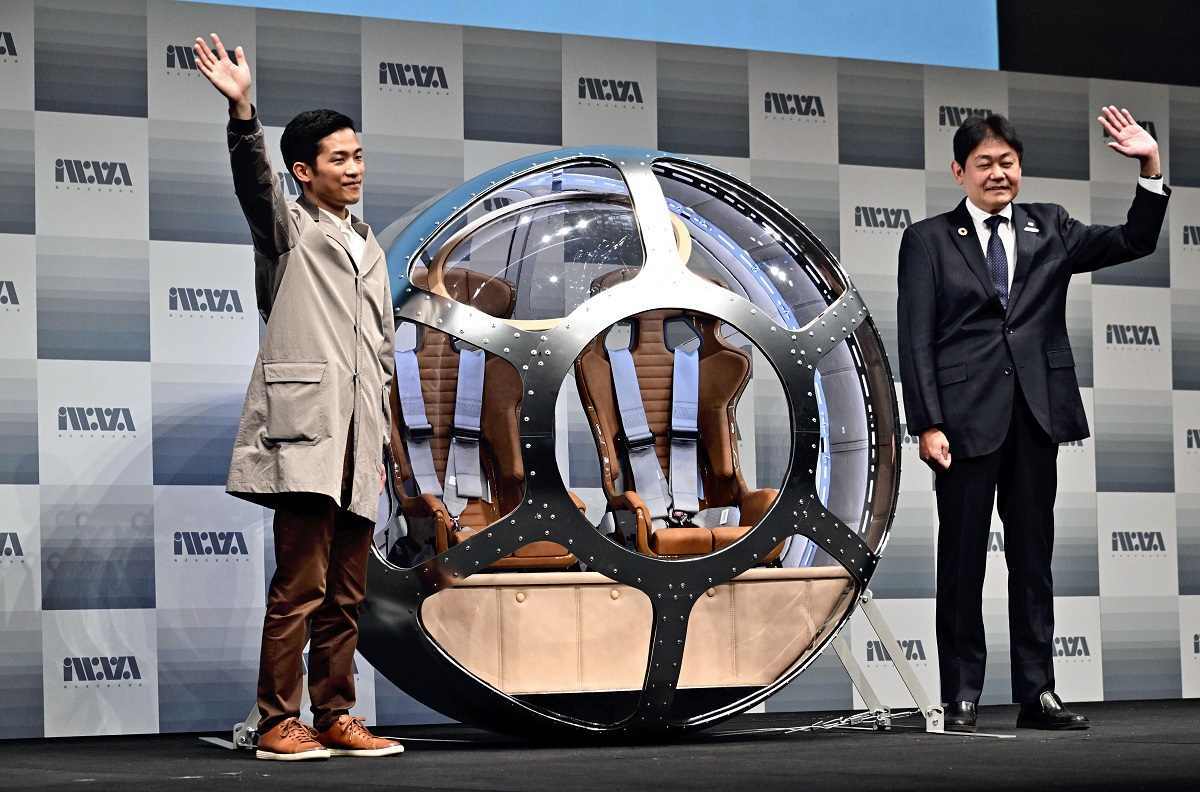

Credit: japannews.yomiuri.co
Opel Corsa Moon II
Opel has introduced a new space mobility concept called the Opel Corsa Moon II, which is based on their popular battery-electric Corsa-e model. This futuristic vehicle incorporates advanced technologies to offer a balanced combination of ride comfort, reliability, and moon driving capability.

The Opel Corsa Moon II is equipped with a 500-kWh battery, enabling it to cover up to 7,000 km in the ULTP (Universally Harmonized Light-Duty Vehicles Test Procedure) cycle on a single charge. Additionally, it can be powered by solar energy, opening up exciting possibilities for sustainable energy usage.
The advancements in companies like SpaceX and Blue Origin are pushing the boundaries and transforming the dream of space travel into a reality. If you're ready to embark on an extraordinary adventure, prepare yourself for the ultimate experience in space. It's time to pack your bags and boldly go where only a few have gone before.

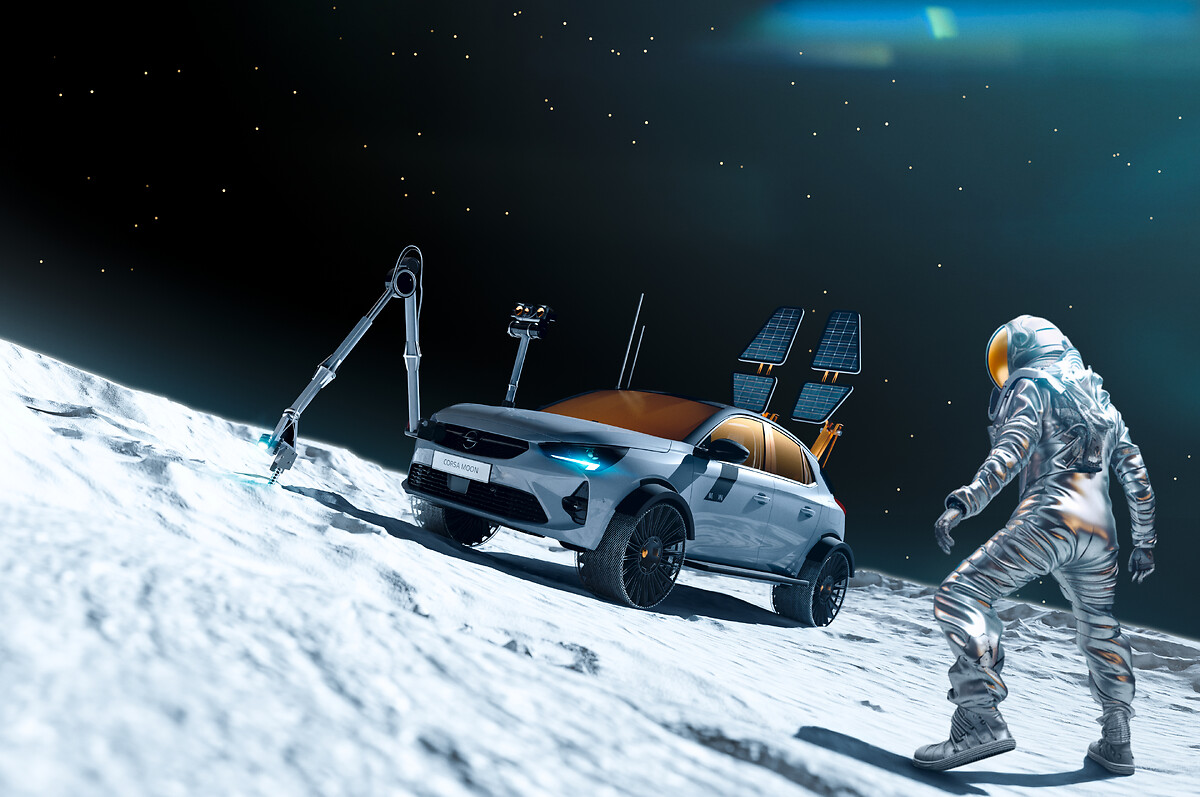
Credit: media.stellantis.com
